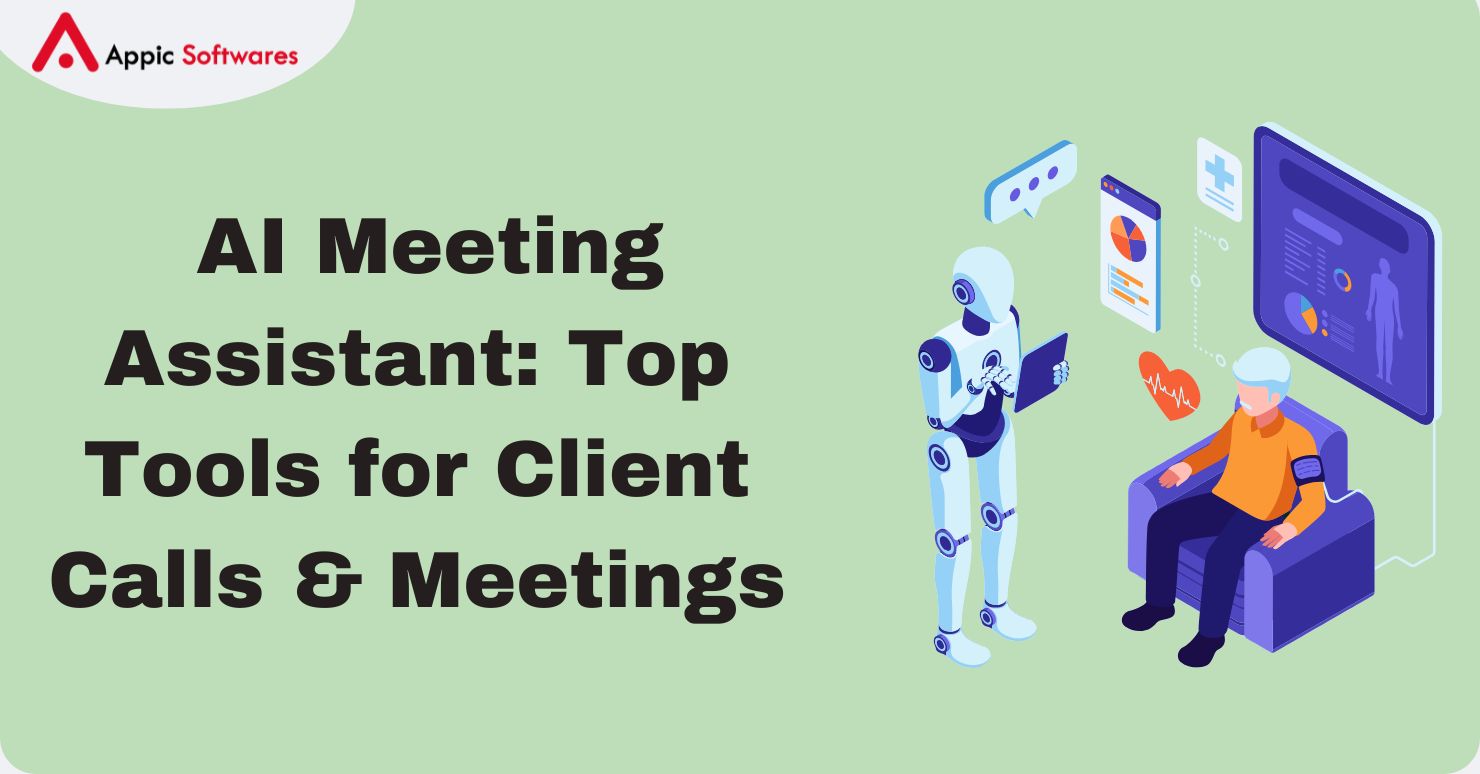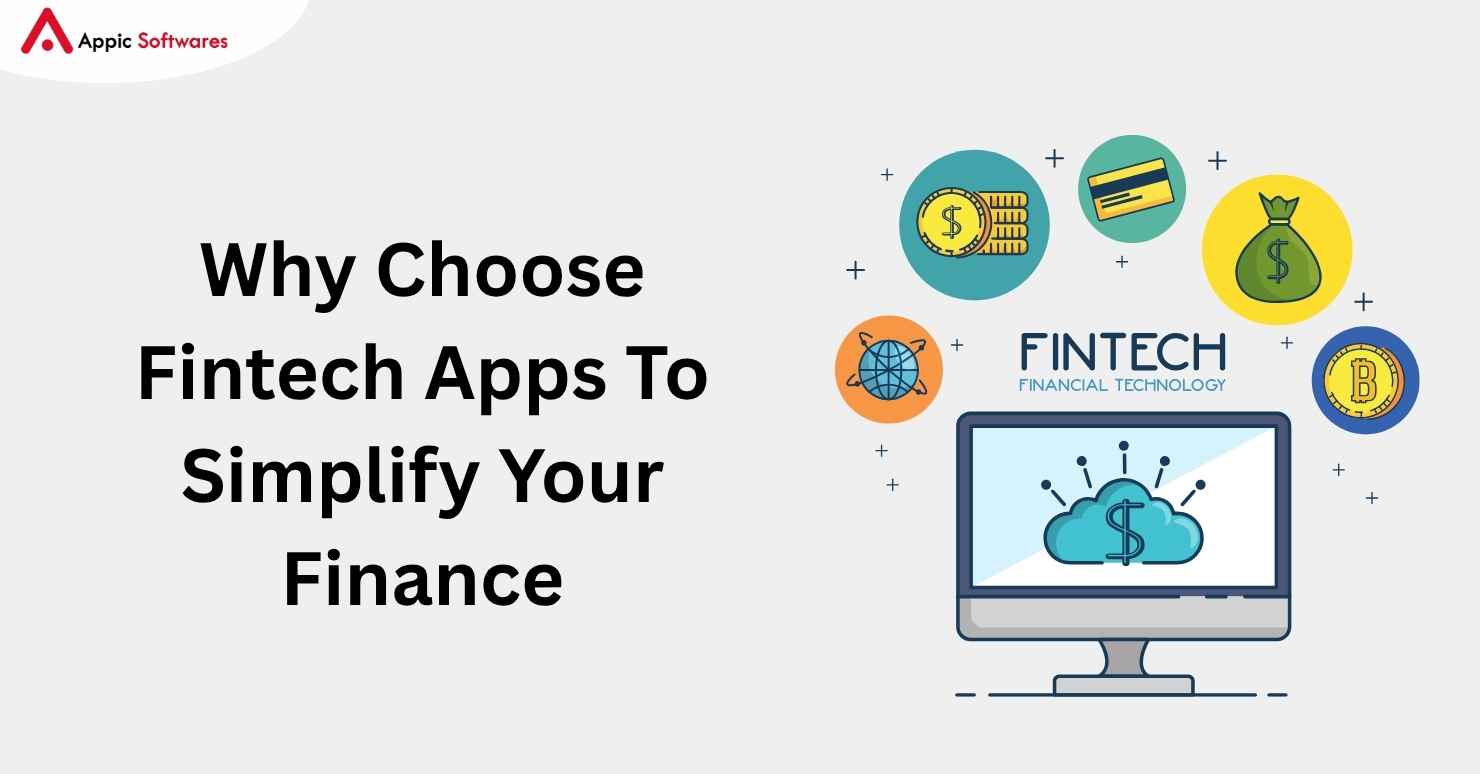
As per a report, with the help of Dynamic pricing, Amazon boosted their profit by 25%.
Dynamic pricing in e-commerce machine learning is a method that helps online shops adjust their prices based on many factors. In this article, we look at how this system works, what benefits it offers, and the cost to build one. We also share useful ideas on how to apply this tool for online success. The system of dynamic pricing, ecommerce machine learning works by using data to set and change prices in real time. Online shops can offer better prices to each customer by using dynamic pricing, the e-commerce machine learning. This approach makes the shopping experience more fair and smooth for both buyers and sellers.
What Is Dynamic Pricing In Ecommerce?
Dynamic pricing in e-commerce is a strategy where online shops set prices that change based on market data. When shops use dynamic pricing, e-commerce machine learning, they use computer programs to study market data and adjust prices quickly. This system makes it possible to set prices that match supply and demand, which helps shops stay competitive.
Dynamic pricing in ecommerce machine learning relies on many factors. Online stores look at information such as stock levels, competitor prices, and customer behavior. The program studies this information and changes the price of products in a short time. This way, the store can offer the best price at the best time. Machine learning in ecommerce plays a big role here. It studies past data and current trends to suggest the right price. Simple computer programs run these systems to help shops set prices that match the market.
Many online stores now use AI in ecommerce to help with price decisions. This method makes pricing fair and timely. When an online shop uses dynamic pricing, e-commerce machine learning, it can serve many customers with different needs. The system also helps in reducing lost sales when prices are too high or too low. It is a tool that makes the whole process clear and efficient. By using machine learning in ecommerce, shops can adjust to sudden changes in customer demand with ease.
Online businesses looking for new ways to grow should consider ecommerce business ideas. Having a smart pricing system allows businesses to test different products, enter new markets, and offer special deals that attract more customers.
How AI Helps Ecommerce Dynamic Pricing?

Artificial intelligence plays a key role in online pricing. AI in e-commerce helps shops study market trends and adjust prices quickly. Computer programs take in vast amounts of data and process them to set the right price for each product. When a store uses dynamic pricing, e-commerce machine learning, it uses AI to make fast decisions that benefit both the shop and the customer.
1. Real-Time Data Analysis
The power of real-time data analysis is at the heart of dynamic pricing e-commerce machine learning. This method studies customer actions, the time of day, and even local events. By looking at these details, the system sets prices that match what customers want at that moment. The process works quickly and keeps the prices current. Online shops that use dynamic pricing, the e-commerce machine learning does not miss the chance to adjust their prices when needed.
AI in e-commerce can study trends and customer habits without delay. The system looks at market data as it comes in and sets prices accordingly. Such methods help shops be competitive and fair. Dynamic pricing e-commerce machine learning makes the entire process fast and simple. The use of real-time data also lets the store see what customers like and what they do not. The method has proved useful for many online shops.
2. Automated Price Adjustments
Automated price adjustments make the pricing process easier for online stores. Dynamic pricing e-commerce machine learning uses set rules and data points to change prices automatically. There is no need for someone to change the price manually every time. This automation saves time and helps the store work faster. Online shops using dynamic pricing e-commerce machine learning see a change in their profit margins because the system can react to market shifts.
The system is simple to understand. It takes information from the market and then uses rules to change prices. When the market changes, the system makes a new price instantly. This method keeps the shop competitive without long delays. It also helps online shops manage their inventory better by matching the price to the demand. The clarity of this process benefits both the shop and its customers.
Ecommerce app development company plays a key role in integrating dynamic pricing systems into online stores. Many businesses use mobile apps and web platforms to manage their pricing strategies more effectively.
3. Customer Behavior Insights
The system also learns from customers’ behavior. It studies how buyers look at products and which items they buy. By collecting this data, dynamic pricing e-commerce machine learning offers clues on how to set the best price. This method makes pricing more fair for each customer. As the system works, it also learns more about what buyers prefer.
Plus, AI agents in ecommerce help online shops sort data easily. When a shop uses machine learning in e-commerce, it gets clear advice on how to change prices. This simple approach helps both new and old online stores make quick decisions. The use of dynamic pricing in e-commerce machine learning lets shops see trends in customer behavior and market demand. AI in e-commerce makes the pricing process more accurate and helps shops save time.
What Are The Benefits Of AI Dynamic Pricing In Ecommerce?
Integrating AI dynamic pricing in Ecommerce brings several advantages to your business needs, such as an increase in profit margins, real-time price adjustments, personalized pricing, and more.
To better help you understand the importance of AI dynamic pricing in Ecommerce here are the top benefits that you can avail:
1. Increases Revenue & Profit Margins
AI-powered dynamic pricing enables businesses to maximize revenue by setting the most profitable price points. By analyzing historical sales data, demand fluctuations, and competitor pricing, AI ensures that products are neither underpriced (leading to revenue loss) nor overpriced (which may deter customers). This smart pricing strategy helps businesses optimize profit margins while maintaining market competitiveness.
2. Real-Time Price Adjustments
Traditional pricing strategies rely on manual updates, which are time-consuming and prone to human error. AI-driven pricing automates this process, enabling real-time adjustments based on factors like demand shifts, competitor pricing, stock levels, and consumer behavior. This ensures that businesses can instantly react to market changes, staying ahead of competitors while maximizing sales potential.
3. Personalized Pricing for Customers
AI can segment customers based on their purchasing habits, browsing history, geographical location, and willingness to pay. By leveraging this data, businesses can offer dynamic discounts and personalized promotions to different customer groups. Personalized pricing improves user experience and increases conversion rates by offering attractive deals to the right audience at the right time.
4. Competitive Advantage
The eCommerce industry is highly competitive, and businesses must stay agile to outperform rivals. AI pricing algorithms monitor competitor prices continuously, allowing businesses to adjust their pricing strategies accordingly. Whether it’s matching competitor discounts, pricing slightly lower to attract budget-conscious shoppers, or setting premium prices for exclusive products, AI helps businesses maintain an edge in the market.
5. Optimized Inventory Management
Overstocked or understocked inventory can result in significant financial losses. AI-driven pricing models can strategically adjust prices based on inventory levels, ensuring that slow-moving products are sold through discounts while high-demand items maintain premium pricing. This helps businesses reduce storage costs, minimize waste, and maintain a balanced stock-to-sales ratio.
6. Automated Decision-Making
Managing an extensive product catalog manually is not only inefficient but also impractical. AI eliminates the need for human intervention in pricing decisions by continuously analyzing data and adjusting prices accordingly. This automation reduces errors, increases operational efficiency, and allows businesses to focus on other growth-driven activities like marketing, customer engagement, and product development.
7. Increased Customer Engagement & Loyalty
Customers are more likely to return to an eCommerce platform that offers fair and competitive pricing. AI-powered pricing ensures that customers receive value-driven deals without feeling exploited. Additionally, businesses can offer loyalty-based discounts, flash sales, and personalized price reductions to enhance customer retention and brand loyalty.
8. Better Insights & Data-Driven Decisions
AI pricing models not only adjust prices but also generate actionable insights into consumer behavior, demand trends, peak shopping periods, and pricing elasticity. Businesses can use these insights to refine their marketing strategies, plan promotions effectively, and make data-backed decisions to enhance overall profitability.
9. Multi-Channel Pricing Optimization
Modern eCommerce businesses operate on multiple channels, including online stores, marketplaces like Amazon and eBay, and brick-and-mortar locations. AI ensures consistent and optimized pricing across all these channels, preventing price mismatches and improving omnichannel sales performance.
10. Increased Conversion Rates
A well-optimized pricing strategy encourages customers to complete their purchases instead of abandoning their carts. AI-driven pricing models analyze customer intent and purchasing power to offer the most attractive prices, leading to higher conversion rates and reduced cart abandonment.
11. Seasonal & Demand-Based Pricing Adaptation
AI allows businesses to capitalize on seasonal trends, holiday sales, and peak shopping times by dynamically adjusting prices. For instance, during Black Friday, AI can increase prices for high-demand products while offering discounts on slow-moving inventory, optimizing revenue generation during peak sales periods.
12. Fraud Prevention & Price Manipulation Control
Some customers attempt to exploit pricing loopholes, such as stacking multiple discount codes or taking advantage of pricing errors. AI-powered pricing systems can detect and prevent such fraudulent activities, ensuring that businesses do not suffer financial losses due to pricing manipulation.
13. Reduced Manual Work & Operational Costs
Without AI, businesses require dedicated teams to monitor pricing strategies, track competitor pricing, and make manual adjustments. AI automates this entire process, reducing the need for large pricing teams and lowering operational costs. Businesses can reinvest these savings into improving customer service, product development, or marketing efforts.
14. Scalability for Large Product Catalogs
For businesses that sell thousands or even millions of SKUs, manually adjusting prices for each product is impossible. AI enables large-scale eCommerce operations to dynamically update pricing across an extensive product catalog without compromising accuracy, efficiency, or profitability.
15. Enhanced Brand Positioning & Perceived Value
With AI-powered pricing, businesses can strategically position themselves in the market—whether as a budget-friendly brand, a premium luxury retailer, or a value-driven business. AI ensures that pricing aligns with branding goals, customer expectations, and overall market positioning.
{Also Read This Blog:-12 Benefits Of PWA Ecommerce Development 2025}
How Much Does It Cost To Develop Dynamic Pricing Ecommerce Machine Learning Model?
Building a dynamic pricing system for e-commerce with machine learning takes planning and effort. The cost depends on your store’s size and how many products you sell. Many factors shape the total expense. You need solid software and skilled workers. The process starts with planning and ends with testing. Every step adds to the cost.
| Cost Factor | Details | Estimated Cost ($) |
| Basic Model Development | Creating a simple machine learning model for dynamic pricing. | $10,000 – $20,000 |
| Advanced AI & Predictive Analytics | Adding AI-driven demand forecasting, real-time price adjustments, and predictive analytics. | $15,000 – $30,000 |
| Data Sourcing & Acquisition | Collecting data from internal sales, market trends, competitor pricing, and customer behavior. | $5,000 – $12,000 |
| Scalability & Performance Optimization | Ensuring the system can handle large data loads and process pricing updates in real-time. | $8,000 – $15,000 |
| Platform-Specific Customization | Adapting the pricing model for Shopify, Magento, WooCommerce, or other eCommerce platforms. | $6,000 – $12,000 |
| User Interface & Dashboard | Developing an interactive dashboard for businesses to control and monitor pricing strategies. | $8,000 – $18,000 |
| API & Third-Party Tool Integration | Connecting with external pricing engines, payment gateways, and data analytics platforms. | $7,000 – $15,000 |
| Security & Compliance | Implementing secure transactions, fraud detection, and compliance with data protection laws. | $5,000 – $10,000 |
| Testing & Quality Assurance | Running performance, security, and accuracy tests to ensure the pricing engine works flawlessly. | $4,000 – $10,000 |
| Maintenance & Continuous Model Training | Updating algorithms with new market trends and fine-tuning AI for improved accuracy. | $5,000 – $10,000 (annually) |
| Total Estimated Cost | Depends on complexity, scale, and additional features. | $10,000 – $80,000 |
Final Thoughts
The use of dynamic pricing in e-commerce machine learning brings many benefits to online shops. This system helps set fair prices and keeps the shop competitive. It uses data to give a clear view of customer needs and market changes. As a result, shops can work faster and serve customers better. The use of dynamic pricing in e-commerce machine learning allows stores to change prices quickly without extra work.
You’ve learned that dynamic pricing and e-commerce machine learning work by using data and smart computer programs. It studies market changes, sets new prices, and learns from customer actions. The system works in real time and gives clear advice on pricing. Shops that use machine learning in ecommerce benefit by offering fair prices. The use of AI in ecommerce helps set prices that match what the market needs. Overall, dynamic pricing ecommerce machine learning is a useful tool for any online shop.
Are you ready to transform your e-commerce business with dynamic pricing powered by machine learning? Reach out to us today to explore how our AI-driven solutions can tailor a dynamic pricing strategy that fits your unique business needs.
FAQs
-
What is dynamic pricing in e-commerce?
Dynamic pricing is a strategy where product prices are automatically adjusted based on factors like demand, competitor pricing, customer behavior, and market trends. AI and machine learning algorithms analyze these factors in real-time to determine the most optimal price for maximizing revenue and sales.
-
How does AI-powered dynamic pricing work?
AI-powered dynamic pricing collects and analyzes vast amounts of data, including historical sales, competitor pricing, inventory levels, and customer preferences. It then uses machine learning algorithms to set prices that balance competitiveness, profitability, and customer demand. Prices are updated in real-time to respond to market conditions.
-
What are the key benefits of implementing dynamic pricing?
Some key benefits of implementing dynamic pricing include:
- Increased revenue and profit margins
- Real-time price adjustments
- Personalized pricing for customers
- Competitive advantage
- Optimized inventory management
- Reduced manual work and operational costs
- Improved customer engagement and loyalty
-
How does dynamic pricing impact customer experience?
When implemented correctly, dynamic pricing can improve customer experience by offering competitive and personalized prices. However, if customers perceive constant price fluctuations as unfair, it may lead to dissatisfaction and loss of trust. Transparency in pricing strategies is key to maintaining customer confidence.









